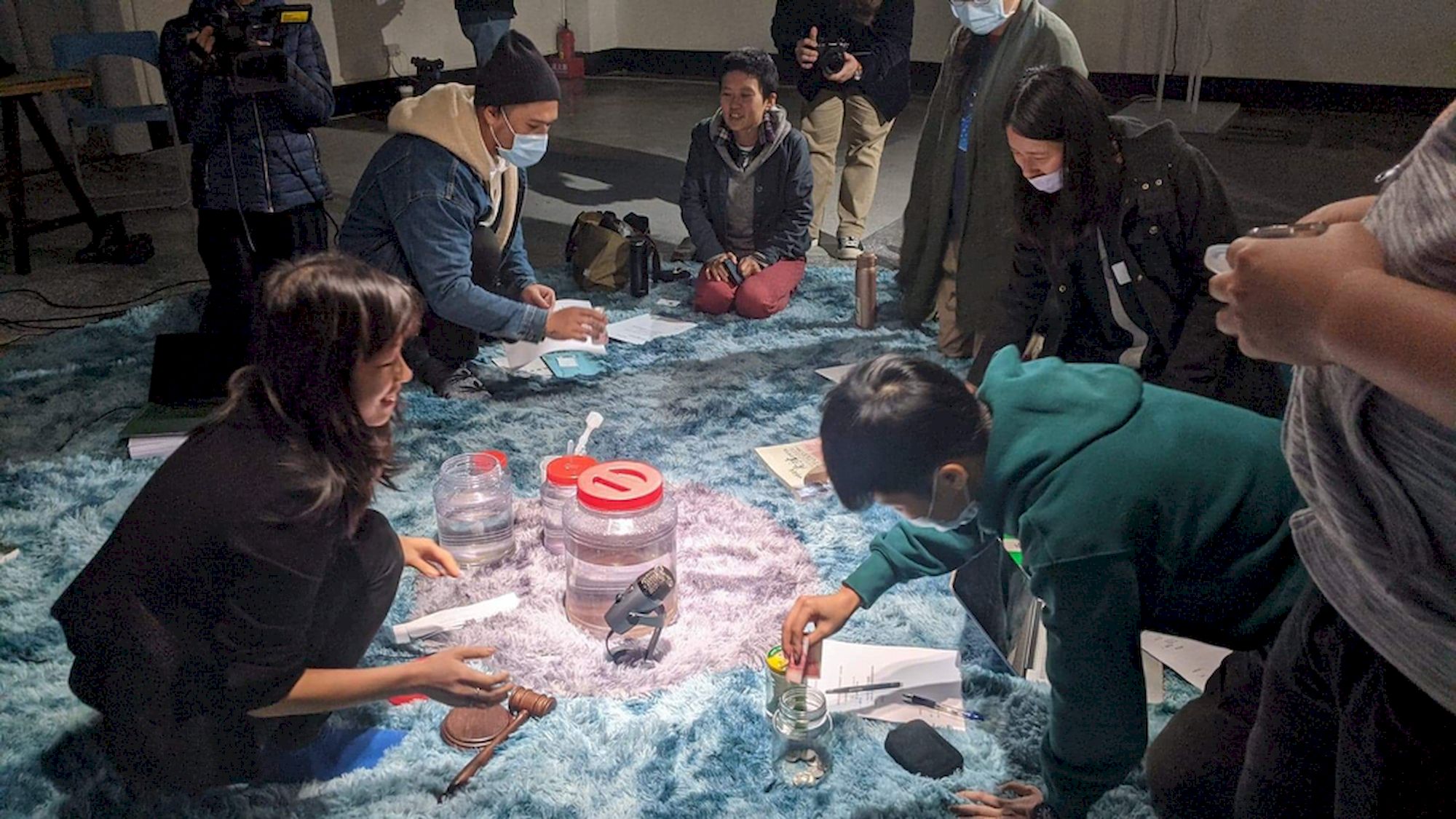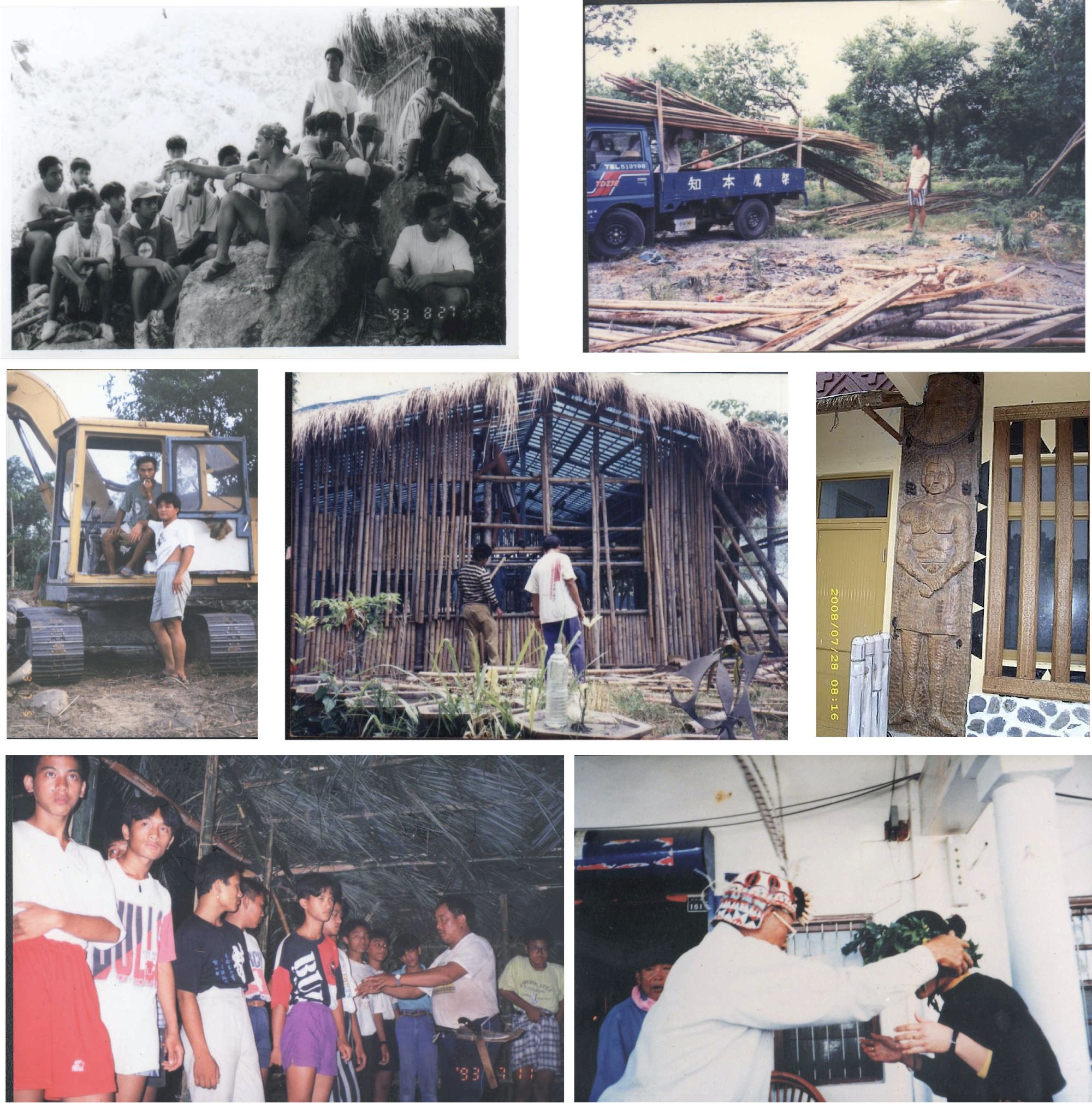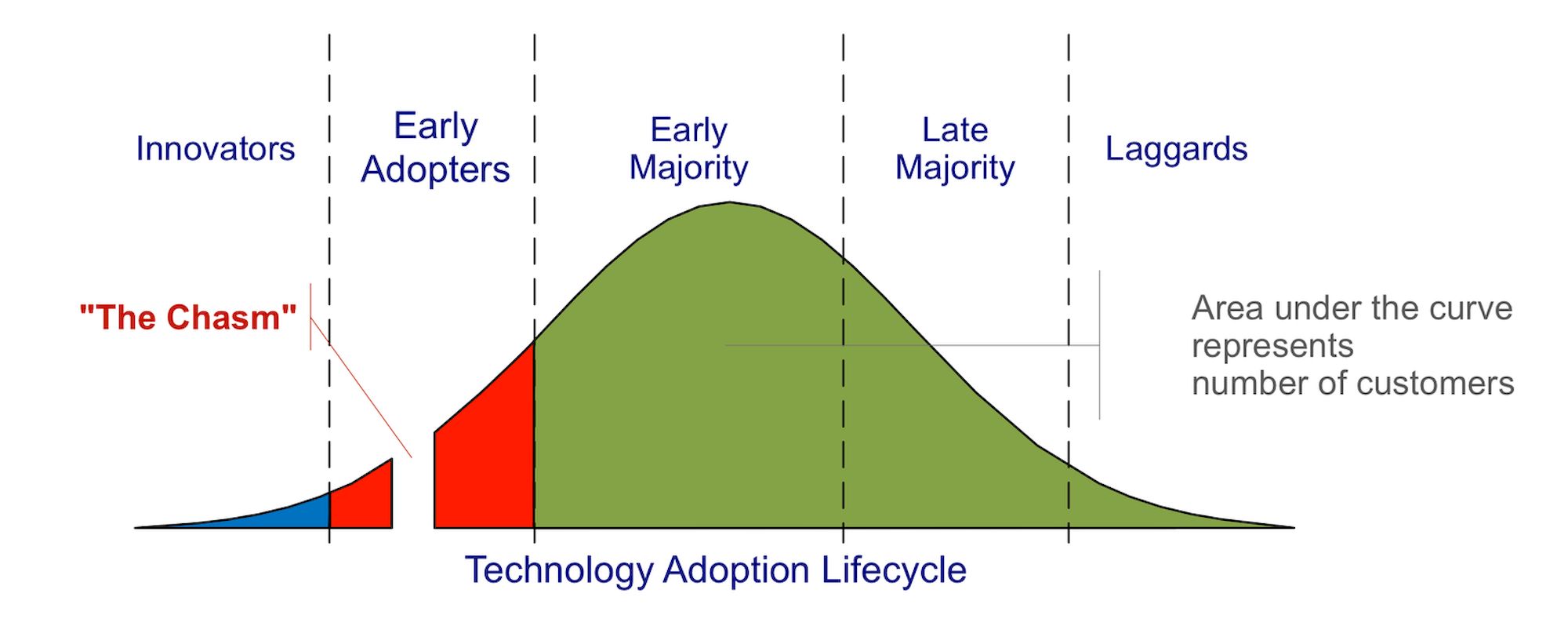Sailing in the Pirate Sea of Art
Published 31 July 2022 by Lee Tzu Tung
“From Commons to NFTs” is an (expanded) writing series initiated by Shu Lea Cheang, Felix Stalder & Ewen Chardronnet. Cautioned by the speculative bubble (burst) of NFTs, the series brings back the notion of commons from around the turn of the millennium to reflect upon and intervene in the transformation of the collective imagination and its divergent futures. Every last day of the month Makery publishes a new contribution of these “chain essays”. Seventh and last text by Lee Tzu Tung.
Lee Tzu Tung, a Taiwanese political artist, examines how the blockchain and NFTs could be used to construct property regimes outside the colonial legacies of the state, embodying indigenous and community principles. She draws on her own work and field research in Taiwan Indigenous communities, placing it in the context of broader anti-colonial struggles for recognition and autonomy.
The lost commons
What is the difference between a person and an animal? In 1907, Yasui Katsuji(安井勝次), a Japanese colonial officer, claimed in his research (1) that the Indigenous people in Taiwan do not have personhood. They are not bound by the rights, protections, privileges, responsibilities, and legal liability of the Japanese National Law, and thus they are not legal persons. Yasui Katsuji even references various sources indicating that the Indigenous people can be regarded as animals. Therefore, many contracts made with the Indigenous people were void, land could be seen as without an owner, and the government made new laws stating that the lands belonged to the nation.
The notion of “Indigenous people” questions the legitimacy of modern nations, of the alleged rights to land and properties, and reveals how colonial powers have used physical and contractual violence to steal. If the state is tainted by its colonial past and present, what could be alternative legal regimes? The blockchain has been designed to enable decentralisation and horizontality, to execute contracts that evade the domination of the national regimes. The way to manage anarchistic and democratic organisations can vary, and many communities use the tokens – whether it is NFTs, DeFi, or DAO – to better formulate their self-ruled economic circle. Would these technological inventions that boost community architecture also profit the overall decolonisation process in society?

After living under the colonial regime for a very long time, a little breadcrumb given by the authority may easily be seen as generous. Distorted recognition of indigenous rights and property may infiltrate without awareness. Tsilhqot’in Nation v British Columbia was celebrated as a landmark decision of the Supreme Court of Canada in 2014. It affirmed that the Tsilhqot’in Nation has the right to decide how the land is being used, that is, “the right of enjoyment and occupancy of the land; the right to possess the land; the right to the economic benefits of the land; and the right to pro-actively use and manage the land”. While the state itself is the coloniser of Indigenous people and their land, the majority perceived the judgement as a humanitarian advancement. The coloniser’s self-made legal system appoints and gives affirmation on what land and what activities the Indigenous people may be allowed to have, and praises and celebrations were again given to the colonisers.
Natural and cultural commons have been appropriated through deceitful contracts and the settler’s legal system over the last 500 years. In 2020, Hong Kong artist Winnie Soon and I decided to make a participatory art project titled Forkonomy(), queering our idea about the commons. We gathered workshops to discuss “How do you buy/own one millilitre of the South China Sea (Mandarin: 南海, Nan Hai) ?” and gathered diverse participants, including policymakers, scholars, marine life conservators, cultural workers, artists, and Indigenous activists, to castigate the ownership of the one millilitre of Nan Hai through discussion, auction, contract making, as well as code certificate performance.
In our first exhibition (2), the initial participants of the action agreed that the ownership style of Nan Hai is “co-operative,” with the set price of 1.61 TWD /ml (1.61 NTD = 0.05737705 USD = 0.02473149 TEZOS on 19 Dec 2020), in which each participant will take the relating ecological and economic responsibility of the South China Sea collectively and cooperatively by signing a contract. The second version (3) puts the agreed and the co-owned one millilitre of the Nan Hai as an NFT (non-fungible token) on the Tezo chain, and the address which purchases it purchases the contract. Further, we published 10,000 editions of the co-operative contract (written in English, Chinese, and Computer Code), and its potential royalties will be used to generate the subsequent 10,000 editions. It means that we are generating more water buyers as the co-owner of Nan Hai, and every transaction is recorded beyond sovereignties.
The South China Sea is one of the world’s most heavily trafficked waterways for international trade, but it also involves complex territorial disputes spanning Brunei, China, Malaysia, Taiwan, the Philippines, and Vietnam. Multiple Asian governments assert sovereignty over rocks, reefs, as well as other geographic features and undersea natural resources. This oceanic object is highly tangible and material, and very significant in economic, military, and political terms. Imagine if the dotted lines on a map were no longer representing the competition of territorial boundaries and colonial powers, but for people and communities to make and maintain connections. On the blockchain, each transaction is the execution of a contract that evades the national regime; in Forkonomy(), we tried to use the buying of NFT as an art action to re-buy autonomy for the pirated ocean and the living hood around the sea. The contracts become a reversed document to challenge the constant threats of maintaining a high degree of autonomy regarding the land and the sea.
The privatisation of culture
On the east coast of Taiwan facing the Pacific ocean, there’s the Katratripulr Indigenous community. Also, their land has been deprived and misappropriated. Their traditional territories were obtained first by the Japanese government as National Land, then by the Republic of China (ROC) regime, which follows the Japanese injustice convention. In 2012, their traditional territory, including their ancestors’ graveyard, was assigned as the construction site for an amusement park, and in 2018, reassigned to build solar panels. Many Katratripulr youngsters have learned to become activists. One summer, I visited the community to shoot an experimental documentary (4) about female and queer Indigenous activists. There I saw people reconstructing their Palakwan (a men’s gathering place) and its ancestor spirits’ pillar among the loud chirping of cicadas.
“I understand that our ancestors carved the same pillar way as I did. I understand that the way I moved my hands are the same as my ancestors. What I feel now is how our ancestors felt in the past.“ said Iming, the artist who carved those pillars.
In the contemporary art system, artists gain status by claiming credit, and by positioning themselves as the direct author and owner of creative property. For Iming and the Katratripulr Indigenous community, their creative works are not solely about being presented in prestigious institutions or shown in front of so-called international audiences. Creating is to connect with the ancestors, and the work is created in an exchange between the ancestors’ spirits and the living, between the past and the present.
Iming’s practices challenge the artist’s authorship by open-sourcing their work or contributing the work to the creation of ancestors’ spirits. These artists also cautiously re-manufacture their relationship with the audiences, and actively build alliances instead of consumer-ship. The intrinsic rituals and mysterious practices also disturb the current knowledge-making and archiving system, which is constructed upon a disenchanting, colonial epistemology. Palakwan was demolished when Taiwan was occupied by the Japanese empire (1895-1945). The rebuild is one of the ways to reconstruct their communal subjectivity. Their practices partly resemble the practices in the creative commons community, and resist state and epistemological violence that utilises museums, schools, and tourism to privatise cultures.

Decentralise but not decolonise
Contrary to the above approach, the practice of cryptocurrency and NFTs was primarily based on capitalist structures, concepts, and desires. In most cases, NFTs privatise ideas to generate profit. In addition, marginalised groups may seek to use NFTs or to issue community-based cryptocurrency to earn additional income, as they are often excluded from the mainstream markets. Indeed, the universal structure of capitalism continues to dominate, and the success of one digital product largely depends on the accumulated resources and networks one can invest in to create the hype. How would they also support other practices and ways of relating?
In 2018 I ran ARThon (Artist’s Hackathon) in Taiwan, aiming to bridge artist and technologist groups. At the time, it was hard to introduce the blockchain and NFT to the artists and also to some Indigenous communities. The process was like Geoffrey Moore’s chasm/diffusion model: new technology has difficulty crossing the chasm to reach its early majority. Not only are English capability and technological familiarity required for potential users — as most of the early resources were only in English — some rural places don’t even have computers. The steep slope of understanding blockchain technology is again the embodiment of colonialism and replicates the current social class structure.

In the meanwhile, many platforms have emerged that try to “support” emerging artists through the decentralised market. The horizontality of blockchain technology enlarges the long-tailed hope for various kinds of arts and presents an egalitarian promise. Yet, marginalised and emerging artists won’t find equality. As they have less of a fan base, these platforms would gradually lean toward influencers, blue-chip artists, and the traditional hierarchies to make profits. It would require more creative intervention for NFTs to escape the trap of capitalism and its speculative logic.
Pirate the open sea
Arduino, SparkFun, Wikipedia Foundation, Jonathan Mann… these are the organisations or individuals who release freely licensed, Creative Commons (CC) products. CC is not philanthropy. They may use CC to grow a larger audience, get attribution and name recognition, and differentiate themselves from the current market. They make money in diverse ways, from donations to selling subsequent physical products. Through this perspective, when digital art is about to swirl in “the right-click-and-download” age – when all the works are about to be pirated, NFT is just an additional way for (privileged) artists to make income.
Linked to the aforementioned, natural and cultural commons were confiscated through the state’s juridical and educational associations. What can we go further beyond in the given set? Among all the cases, I particularly like two stories. One is that concerning all land disputes in the Katratipur community, people vote to make decisions, and in 2018, they started the discussion to count ancestors’ spirits’ opinions into their democratic vote. The other case, also mentioned by Michelle Kasperzak, another writer from our series, is that in Lusanga, Congo, Congolese Plantation Workers Art League held a ceremony to coin their first NFT to fight colonialism. The NFT is of a statue that represents the dark spirit of colonialism, yet the statue has never been returned by the Virginia Museum of Fine Art despite repeated requests over several years. The Congolese artists have reclaimed their ownership by issuing the NFT of their own statues.
These creative methods queer up my imagination about our current ownership logic. In the blockchain realm, no matter its ancestral spirit, humans, subhumans, nonhumans, and animals can have the address to keep their voices and records intact. And in the future when AR/VR is everywhere, when SpARTify streams all the pirated artworks to be endlessly displayed in one’s house, and when the digital spectacle reaches beyond the object’s aura – reclamation through NFTs then could make concrete sense as the decolonisation of property – the holder of the physical property no longer equals the owner, while all the ideas are shared as commons. When blockchain technology can cross its chasm and finally be over-popularized, the innovation it can bring to the current legal and contractual systems may finally succeed in revolutionising the colonised world.
As a Taiwanese artist, what blockchain offers seems particularly important. How it protects data integrity and offers an opportunity for democratisation appears critical when facing a totalitarian regime. The artistic and cautious use of NFTs, initially conceived as a mechanism for privatisation, may also help to re-propertise and re-conceptualise the lost commons. If the blockchain facilitates a horizontal transformation in the current colonial structure, NFT platforms are places to reformulate the stolen commons in the pirated open sea.
Notes:
(1) The Status of the Natives under National Law (生蕃人の國法上の地位).
(2) Lab Kill Lab exhibition, C-Lab in Taiwan, curated by Shu Lea Cheang and Yukiko Shikata.
(3) Dear Block Chan exhibition, Solid Art Gallery in Taiwan, curated by Chu Feng Yi.
(4) Writing the Time Lag 時差書寫 (2019).
References:
1. Wang, Zhi-hong. “Carnivorousness or Necro-Cannibalism: Corpse Cases in Early Japanese Colonial Taiwan.” Taiwan Historical Research, 2020.
2. Borrows, John. “Aboriginal Title and Private Property.” The Supreme Court Law Review: Osgoode’s Annual Constitutional Cases Conference 71. (2015).
3. Bowrey, Kathy. “Economic Rights, Culture Claims And A Culture of Piracy In The Indigenous Art Market: What Should We Expect From The Western Legal System?” Australian Indigenous Law Review 13, no. 2 (2009): 35–58.
4. “Is It Possible to Decolonize the Blockchain and Nfts?” June 30, 2022.
5. Tucker, C., & Yudan, P. “Chinese Activists Are Using Blockchain to Document #MeToo Stories.” Harvard Business Review, August 30, 2021.
6. Tucker, C., & Catalini, C. “What blockchain can’t do.” Harvard Business Review. August 30, 2021
7. Team, K. C. (n.d.). “💸 speak.” kernel community.
Read the complete series “From Commons to NFTs”.
